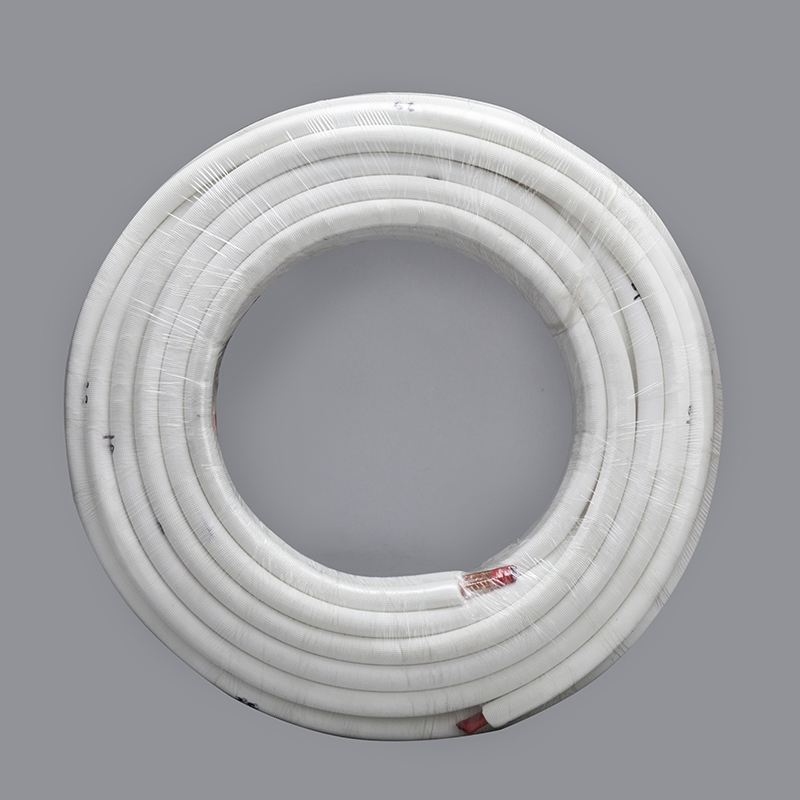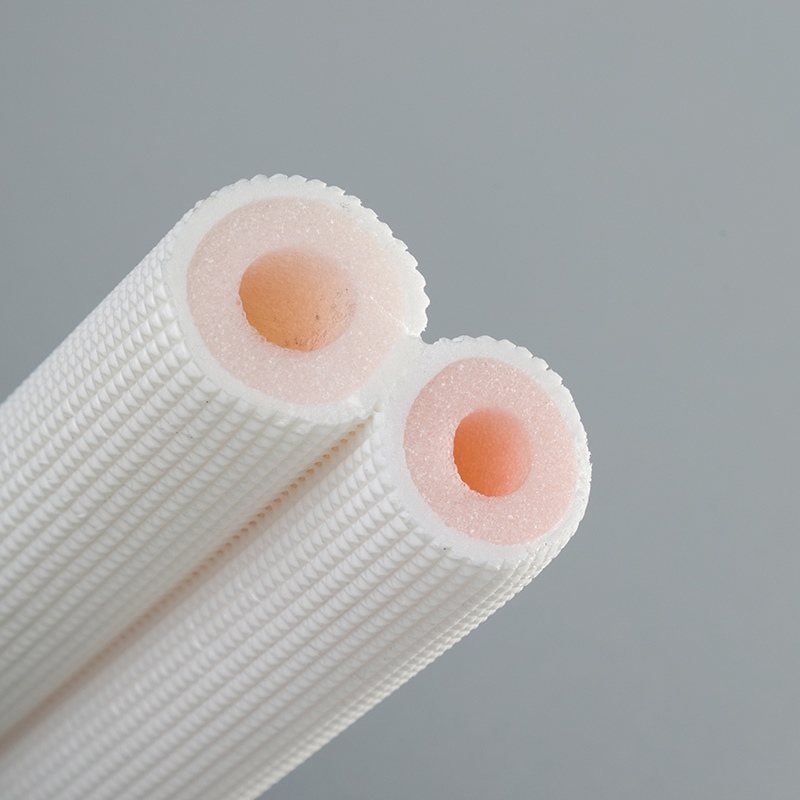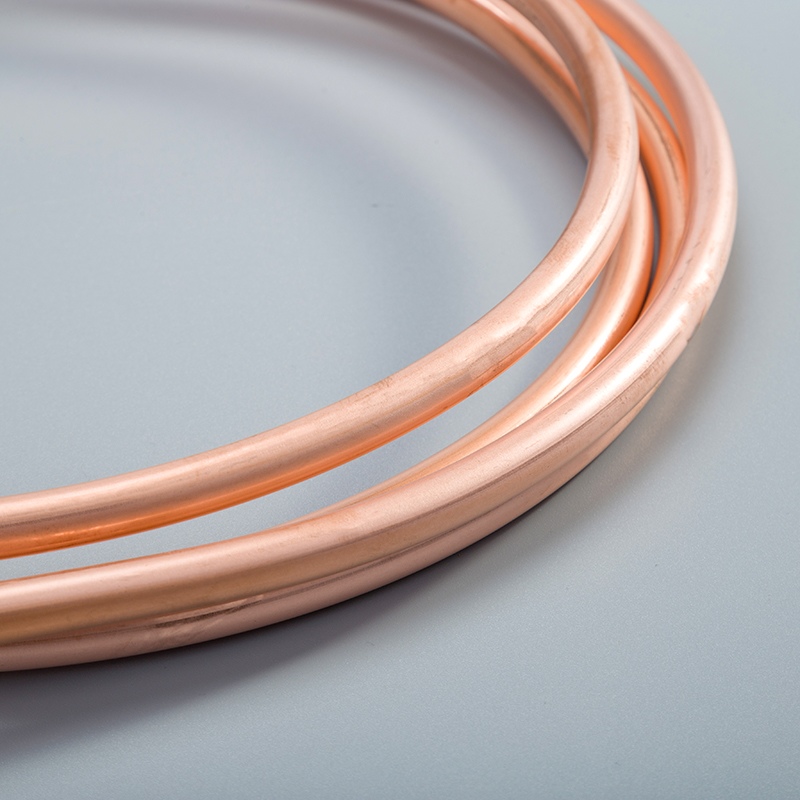Easy Steps to Measure Copper Pipes Like a Pro

In the realm of DIY projects, precision reigns supreme, and accurate measurements serve as the cornerstone for success. The significance of meticulous measurements cannot be overstated, especially when embarking on tasks involving copper pipes. This guide aims to equip enthusiasts with the essential knowledge and tools needed to measure copper pipes effectively. By following a straightforward approach outlined in this blog, individuals can ensure their projects are not only precise but also efficient. Let's delve into the fundamental steps that will elevate your DIY endeavors to new heights.
Write a step-by-step guide on measuring copper pipe for DIY projects. Create a detailed explanation to ensure your measurements are accurate and your project is successful.
Measuring Length

When embarking on a DIY project involving copper pipes, precision in measurements is paramount for a successful outcome. To measure the length of a copper pipe accurately, one must first gather the necessary tools: a Tape Measure and a Marker. These tools are essential for ensuring precise measurements that will fit seamlessly into your project.
To begin the measurement process, position the tape measure along the copper pipe from end to end. This step is crucial as it sets the foundation for obtaining an accurate length measurement. Once the tape measure is correctly aligned, carefully measure from one end of the pipe to the other, ensuring there are no gaps or overlaps in the tape.
After measuring the length, mark the specific measurement on the pipe using a marker. This marking serves as a reference point for cutting or installation purposes later in your DIY project. By clearly indicating the measured length on the copper pipe, you can proceed with confidence knowing that your cuts will be precise and tailored to your project's requirements.
For enhanced accuracy in your measurements, consider double-checking all recorded measurements before proceeding further. This extra step can help avoid errors and ensure that your copper pipes fit perfectly within your project. Additionally, it's crucial to handle the pipe carefully and avoid bending it during measurements to maintain its structural integrity and prevent any potential leaks in the future.
By following these simple yet effective steps for measuring copper pipes' length, you can lay a solid foundation for a successful DIY project while ensuring precision and efficiency every step of the way.
Measuring Diameter

Tools Needed
Flexible Measuring Tape
Calculator (if needed)
Step-by-Step Guide
Wrap the Tape Around the Pipe
To measure the diameter accurately, start by wrapping the Flexible Measuring Tape around the pipe. Ensure that the tape is snug and encircles the pipe completely without any gaps or overlaps.
Note the Measurement
Once you have wrapped the tape around the pipe, note down the measurement where it meets or overlaps. This recorded measurement will provide you with the diameter of the copper pipe, essential for your DIY project.
Calculate Diameter (if necessary)
If you need to calculate the exact diameter based on your measurement, utilize a calculator for precision. Simply input the measured circumference and follow a simple formula to determine the diameter accurately.
Tips for Accuracy
Ensure Tape is Tight
Maintaining a tight grip on the measuring tape while wrapping it around the pipe is crucial for accuracy. A loose tape can lead to incorrect measurements, impacting your project's success.
Measure Multiple Times
For added precision, consider measuring multiple times to confirm consistency in your results. Repetition can help eliminate errors and ensure that your final measurement is reliable.
Preparing for Installation
To ensure a seamless installation process for your copper pipes, it is essential to prepare adequately with the right tools and techniques. By following a structured approach and incorporating precision into each step, you can elevate your DIY project to professional standards.
Tools Needed
Pipe Cutter
Pipe Cutter is a vital tool that guarantees clean and accurate cuts on copper pipes. Its sharp blade ensures precise cutting without causing damage to the pipe's structure, enabling seamless fitting during installation.
Deburring Tool
For deburring both the inner and outer diameters of copper pipes effortlessly, consider using the REED Inner/Outer Deburring Tool DEB200. This versatile tool works effectively on various tubing materials, including copper, aluminum, steel, and stainless steel. With multiple cutting edges for smooth deburring operations, this tool ensures professional results in your DIY projects.
Reaming Tool
A Reaming Tool plays a crucial role in smoothing out the inner edges of cut copper pipes. By removing any roughness or burrs left after cutting, this tool facilitates proper water flow and seamless connections within your project.
Step-by-Step Guide
Cut the Pipe
Begin by marking the specific length on the copper pipe based on accurate measurements taken earlier.
Utilize the Pipe Cutter to make a precise cut along the marked line, ensuring a clean edge that fits seamlessly into your project.
Deburr the Edges
After cutting the pipe, use the Deburring Tool to remove any sharp edges or burrs from both the inner and outer diameters.
Ensure thorough deburring to maintain smooth surfaces that promote secure fittings and prevent leaks in your installation.
Ream the Inner Edges
Employing the Reaming Tool, focus on smoothing out the inner edges of the cut pipe.
By reaming these edges, you guarantee optimal water flow through the pipe and enhance its compatibility with fittings and connections in your DIY project.
Tips for a Smooth Installation
Label Each Section
Labeling each measured section of copper pipe helps you stay organized during installation.
Clear identification allows for easy reference when connecting different sections together accurately.
Account for Fittings and Connections
Consideration of fittings and connections is crucial when measuring and cutting copper pipes.
By factoring in these elements from the outset, you ensure that each piece aligns correctly within your project's framework.
Robert Robillard, an experienced professional in the remodeling industry, emphasizes the significance of accurate measurements for successful DIY projects. Critical measuring instruments play a vital role in ensuring precision and confidence during tasks. A reliable tape measure, steel ruler, set squares, marking knife, and sliding bevel gauge empower enthusiasts to tackle various projects with accuracy. Investing in top layout tools guarantees craftsmanship marked by precision and sets the stage for successful DIY endeavors. Remember, meticulous measurements are the foundation of a well-executed project!
See Also
Essential Tips: Measuring Copper Pipe Size Made Easy
Simple Installation: Mastering Copper Pipe Coils
Simple Techniques: Soldering Copper Pipes Safely


